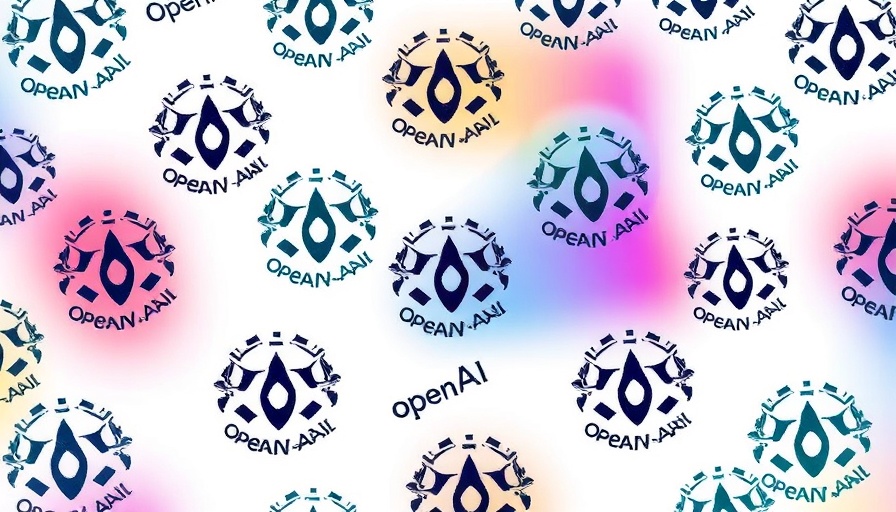
OpenAI's O3: Rising Costs in AI Innovation
OpenAI's unveiling of its o3 model in December aimed to push the boundaries of artificial intelligence. However, recent developments reveal a startling twist: the cost to operate this sophisticated model may be significantly higher than initially projected. Originally, the Arc Prize Foundation estimated that processing a single task through the o3 high configuration would cost approximately $3,000. This figure has since surged to an estimated $30,000 per task, raising questions about the feasibility of deploying such models across various industries.
Understanding the Economic Impact
This recalibration of costs illustrates not only the financial implications of advanced AI technologies but also their potential accessibility challenges for smaller enterprises. OpenAI's model, which relies on extensive computational power—172 times more than its lower-tier counterpart, o3 low—poses questions about sustainable investment in AI development. As AI continues to evolve, understanding these costs will be crucial for businesses looking to integrate advanced capabilities.
Comparative Analysis With Current Models
When evaluating the pricing strategy for o3, it's worth noting that OpenAI's existing model, o1-pro, serves as a benchmark. Mike Knoop from the Arc Prize Foundation emphasizes that pricing for o3 is likely to correlate closely with o1-pro due to the compute resources involved. Moreover, reports of OpenAI's plans to charge up to $20,000 a month for enterprise-level AI services signify a strategic shift towards catering to high-end clientele, potentially isolating smaller businesses from benefiting from cutting-edge technology.
Future Predictions for AI and Business Dynamics
As the cost of deploying AI models escalates, business leaders must brace themselves for new economic landscapes. The debate over cost-effectiveness is intensifying—while models like o3 may provide advanced capabilities, they also demand complex evaluations of ROI versus traditional staffing solutions. As pointed out by AI researcher Toby Ord, the inefficiency of needing 1,024 attempts to accomplish top scores poses challenges to widespread implementation.
Conclusion: Embrace Awareness and Adaptation
For tech professionals and entrepreneurs, understanding the financial dynamics of AI models like o3 is essential. As technology continues to reshape market landscapes, being informed allows for strategic decisions on AI adoption that balance innovation with fiscal responsibility. Consider how the changing cost structures may influence your approach to integrating advanced AI into your business strategy.
 Add Row
Add Row  Add
Add 




Write A Comment